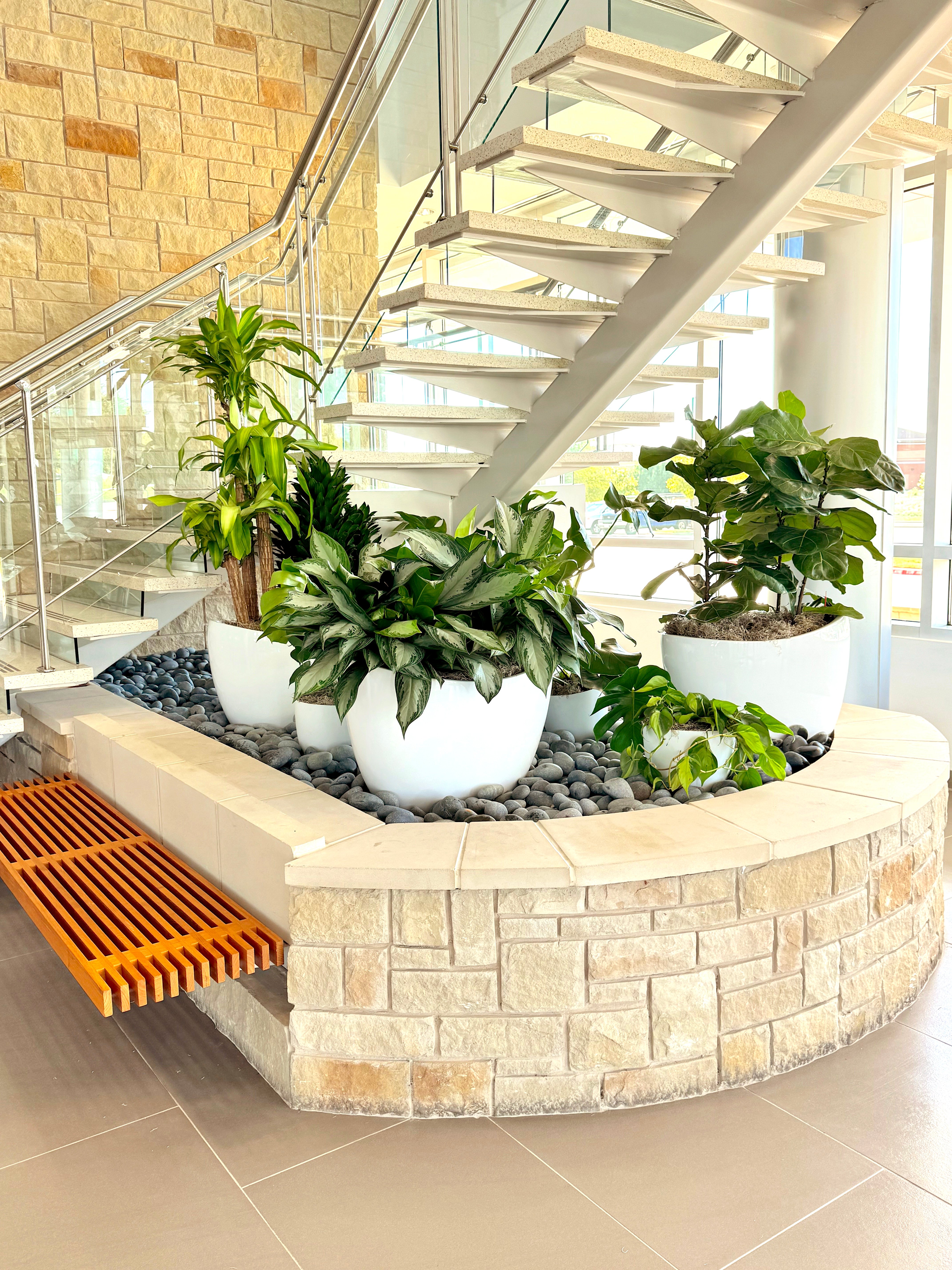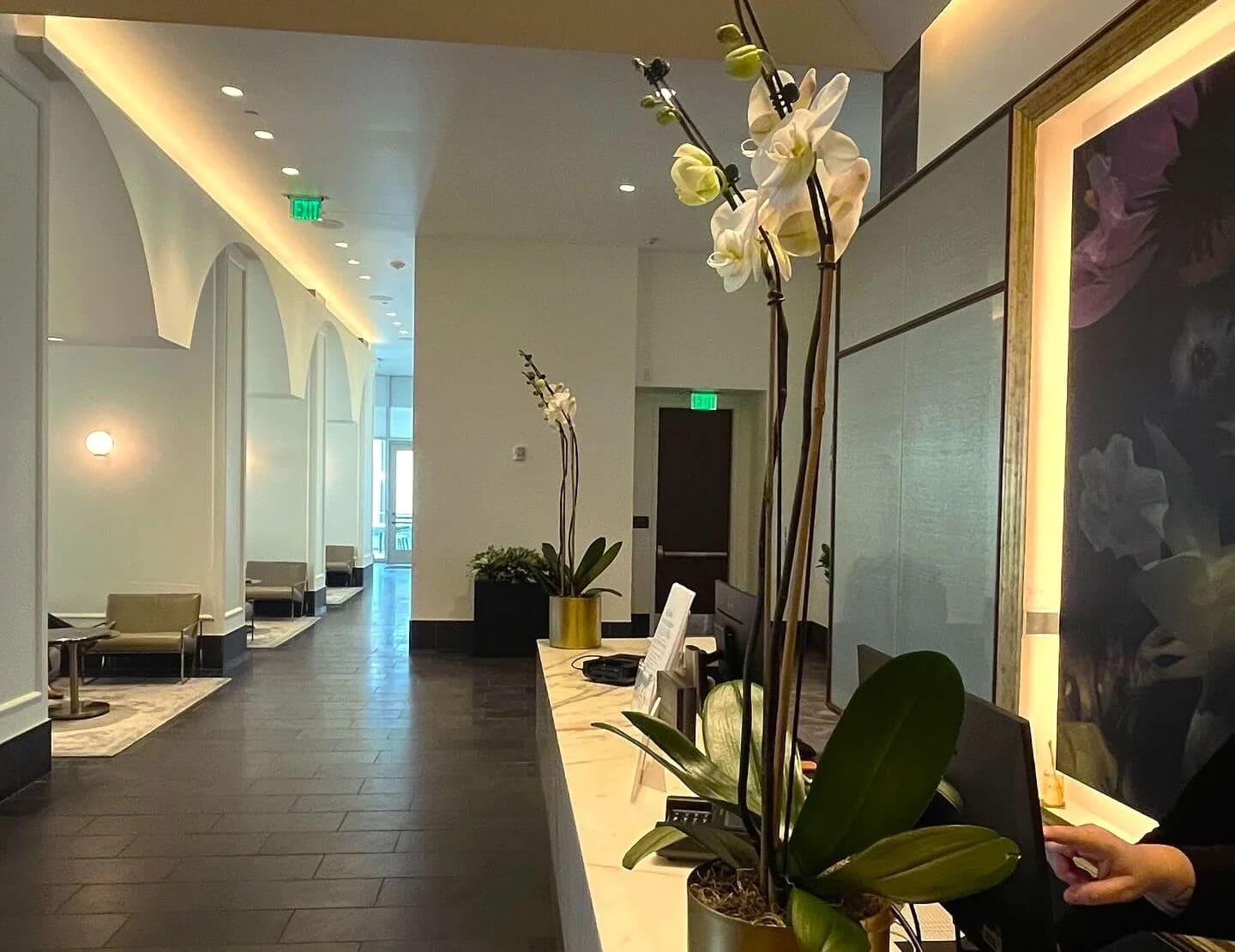Indoor Plant Maintenance Doesn’t Need to be Cumbersome
 The benefits of indoor plants are something most people know about these days. We’re aware that plants can improve the quality of the air we breathe by filtering out chemicals, toxins, and airborne debris. Greenery helps us feel happier, calmer, and allows us to better focus on the task(s) at hand. With that in mind, it seems like everyone should have plants both at home and in the workplace. So why don’t they? When surveyed, many people who don’t have plants claim that it’s because they don’t know how to keep them alive. That’s a shame. While some plants are difficult to keep in bloom, effective indoor plant maintenance is something anyone can learn.
The benefits of indoor plants are something most people know about these days. We’re aware that plants can improve the quality of the air we breathe by filtering out chemicals, toxins, and airborne debris. Greenery helps us feel happier, calmer, and allows us to better focus on the task(s) at hand. With that in mind, it seems like everyone should have plants both at home and in the workplace. So why don’t they? When surveyed, many people who don’t have plants claim that it’s because they don’t know how to keep them alive. That’s a shame. While some plants are difficult to keep in bloom, effective indoor plant maintenance is something anyone can learn.
Due to the fact that plants vary in what they need to thrive, it’s important to research any greenery you’ll be caring for. This means real research, not just looking at that little tag stuck in the dirt when you bring your plant home. Make a note of whether your plant needs potting soil, peat or sphagnum moss, sand, or something else entirely. Skipping this step can mean the difference between a terrifying venus fly trap and a shriveled brown lump that wouldn’t scare anything. After substrate, water is the next vital element of indoor plant maintenance. Is your tap water suitable for plants? What if you filter it? Some plants will only thrive on rainwater or distilled water.
Other factors may complicate indoor plant maintenance – pets or kids who chew, claw, or rip plants apart must be avoided. Flat rocks placed around the plant inside the pot may prevent pets from digging in the soil as well. There’s also the matter of sunlight. Some plants love full sunlight exposure all day; others hate that sort of thing. It’s vital to know what your plant needs when you’re deciding where to place it in a room. With a little bit of research and some advanced planning, indoor plant maintenance is well within your reach.



